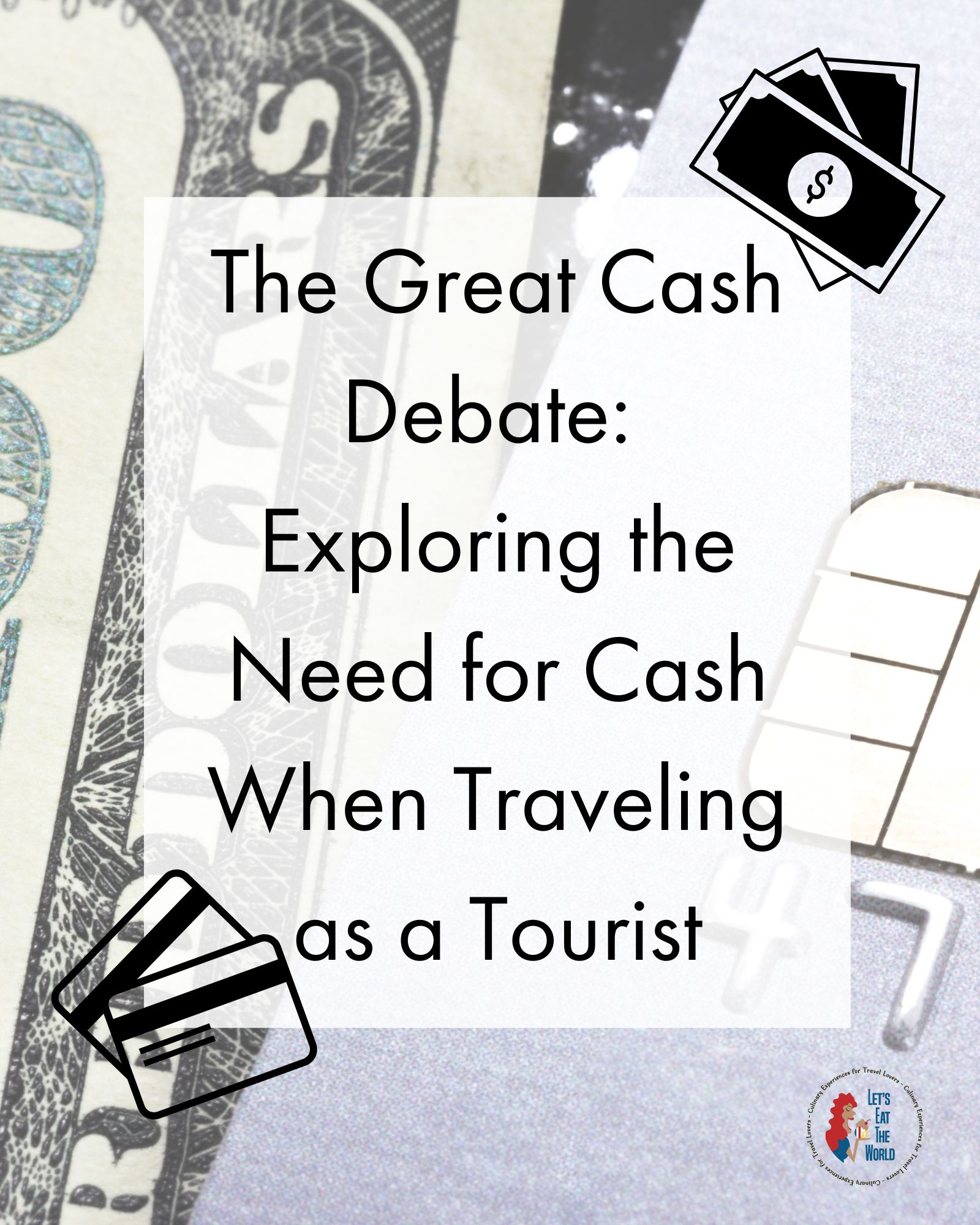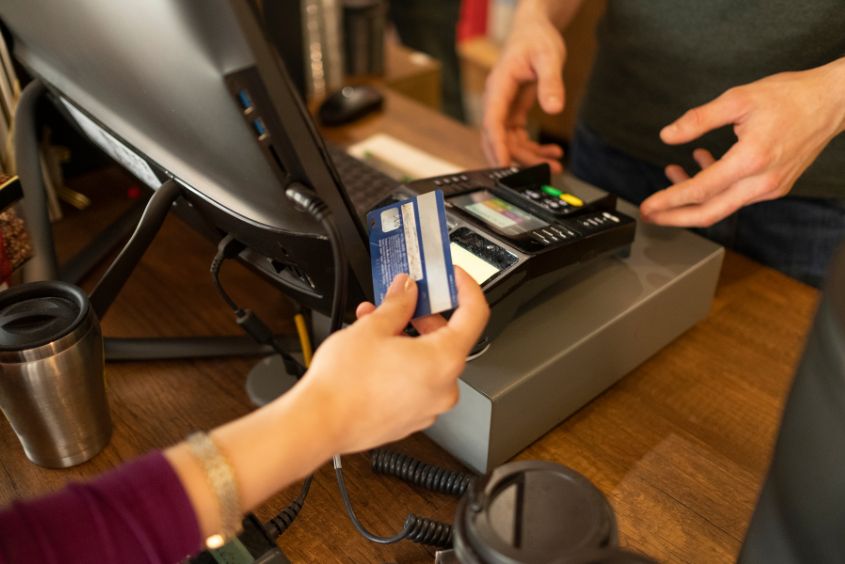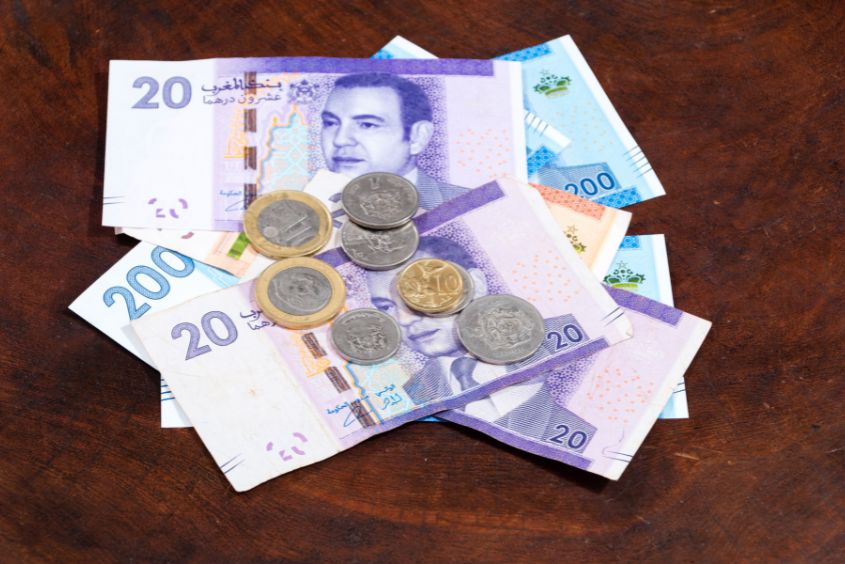
The Great Cash Debate: Exploring the Need for Cash When Traveling as a Tourist
The Great Card or Cash Debate When Traveling
When embarking on a journey as a tourist, one of the key considerations is how to manage your finances effectively. Should you carry large amounts of cash, rely on cards, or a combination of both? In this blog post, we will delve into the necessity of carrying cash when traveling to various destinations, including France, Spain, Italy, the United States, Tbilisi (Georgia), Morocco, Cuba, African countries, New Zealand, Australia, Thailand, Vietnam, Laos, and Portugal. We’ll discuss the prevalence of card acceptance, availability of ATMs, recommended denominations, and any regional differences to help you make an informed decision.
Contactless cards have been widely used in Europe for some time now. While the maximum purchase amount you can make with a contactless card varies by country, where in France, for example, you can not use contactless for more than 50€ versus Spain where you can but will then be asked to enter your PIN code, the chip card is a must-have for Europeans. Many people now are also using their smartphones where they have saved their credit cards in Apple Pay or Google Pay to use wherever these services are accepted. You’ll even see people using their smartwatches to make payments.
France:
In general, France is a country where card payments are widely accepted, especially in urban areas and pretty much anywhere tourists venture. However, it’s advisable to carry some cash, particularly in smaller towns, rural areas, and local markets, where cash transactions are more common or at least more appreciated. While many Americans prefer to use their Amex cards you may find that Amex is not so widely accepted outside of bigger restaurants and hotels or other larger venues more inclined to have foreign visitors. This is many due to the higher commissions from Amex, some establishments in Paris may accept it but only after a certain amount is being spent. But visa and MasterCard are accepted everywhere.
Spain:
Similar to France, Spain has a good level of card acceptance, particularly in larger cities such as Barcelona, Madrid, Seville, and Valencia. However, smaller towns, traditional markets, and local establishments may still prefer cash payments – though you may be surprised by which small kiosk will in fact accept a card purchase even for the tiniest amount. It’s always recommended to have a mix of cash and cards to ensure smooth transactions in all situations but you can go pretty far with only your card here.
Italy:
Italy is gradually becoming more card-friendly, especially in major cities like Rome, Florence, and Milan. However, some smaller establishments, including family-owned restaurants and local shops, may prefer cash payments. Having a moderate amount of cash on hand, along with cards, is advisable, especially in rural areas. In Parma, where we have our Let’s Eat Parma culinary tour, we’ve found that credit card payments are accepted almost everywhere but it’s recommended to still carry Euros in cash for smaller expenses.
Portugal:
Portugal, especially in cities like Lisbon and Porto, has a good level of card acceptance. However, smaller towns, local markets, and traditional establishments may still prefer cash payments. Having a mix of cash and cards is ideal for a smooth travel experience.
Tbilisi, Georgia:
Tbilisi, the capital city of Georgia, has a good network of ATMs where you can withdraw local currency. I even saw machines that not only have you Laris (Georgian money), but also dollars. this was when first discovering the country while setting up our culinary tour Let’s Eat Georgia, so I had almost no idea what to expect! I can say now that while card acceptance is increasing, particularly in tourist areas, it’s still recommended to carry cash for transactions in local markets and smaller towns outside of major tourist destinations.

United States:
In the United States, card usage is prevalent across the country. From big cities like New York and Los Angeles to smaller towns, you’ll find that most places accept cards. However, it’s always a good idea to carry some cash, particularly for tips(or for those airport carts for your luggage), small purchases, or places that might have minimum spending requirements for card transactions.
Cuba:
Cuba operates with cash. The CUP (Cuban pesos) are the local currency however, you will see that in most places they will take both U.S. dollars and Euros. Don’t try to use an exchange rate app to understand the exchange, there seems to be no concrete exchange rate. It is advised to exchange some money to get the local currency. Do this with your guide or at your hotel. But perhaps not more than either $100 or 100 euros. When you pay in either dollars or euros, you may receive back dollars or pesos as change. Do note that there are bank machines but you’re better off having the cash with you already.
African countries:
This is a big continent and we won’t even pretend to know all the ins and outs of every country but just covering a few:
In African countries like Egypt, Morocco, Tanzania, South Africa, Namibia, Ghana, Nigeria, and Senegal, cash remains the primary mode of payment. While major cities may have ATMs and card acceptance in some places, it’s essential to carry cash, particularly when traveling to rural areas, local markets, and for transportation.
New Zealand and Australia:
Both New Zealand and Australia have a high level of card acceptance. In major cities and tourist destinations like Auckland, Wellington, Sydney, and Melbourne, cards are widely accepted. However, it’s still advisable to carry some cash, especially for smaller establishments, local markets, and public transportation where cash payments are more common.
Thailand, Vietnam, and Laos:
In popular tourist destinations like Bangkok, Ho Chi Minh City, and Luang Prabang, card acceptance is widespread, particularly in hotels, upscale restaurants, and larger stores. However, it’s recommended to carry cash for street food, small shops, and local markets, where cash remains the preferred mode of payment.
One of my personal experiences in Thailand with ATMs which are prevalent outside all convenient stores, is that unlike the machines I was used to in France and Spain, you received the money before your card came out. Being so used to getting my card first before it gave me the money, I mistakenly left without my card. Most machines will swallow your card and you need to call the machine’s owner or the bank to get it back. This can be a pain so be vigilant when using ATMs (anywhere). I have indeed once stood vigil at an ATM machine waiting for someone to come and release my card, not only in Asia but also in Europe.
Cash Recommendations:
It’s advisable to carry a mix of larger and smaller denominations to accommodate various expenses and prevent difficulties in making change. This is not always easy to obtain and ATMs tend to give larger tender.
Carrying a small amount of cash in the local currency of your destination is beneficial for immediate expenses upon arrival and as a ‘just-in-case’ measure.
Be mindful of safety and security while carrying cash. Use secure money belts or pouches and avoid displaying large amounts of money in public.
When traveling, the need for cash varies from country to country and even within different regions of the same country. While card acceptance is increasing globally, having some cash on hand is still important, especially for smaller establishments, local markets, and rural areas. Consider a combination of cash and cards, research the specific destinations you plan to visit, and adapt your approach accordingly. By being prepared and informed, you can ensure a smooth and enjoyable travel experience while managing your finances effectively. If you have either Apple Pay or Google Pay, you will also find that you can use your phone to pay in many establishments.
What have been some of your experiences while traveling? Let us know in the comments!





